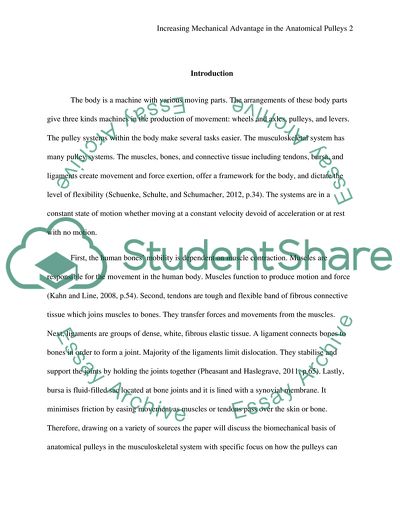Cite this document
(Using two examples from the human body, discuss how pulleys can Coursework, n.d.)
Using two examples from the human body, discuss how pulleys can Coursework. https://studentshare.org/health-sciences-medicine/1864938-using-two-examples-from-the-human-body-discuss-how-pulleys-can-increase-mechanical-advantage
Using two examples from the human body, discuss how pulleys can Coursework. https://studentshare.org/health-sciences-medicine/1864938-using-two-examples-from-the-human-body-discuss-how-pulleys-can-increase-mechanical-advantage
(Using Two Examples from the Human Body, Discuss How Pulleys Can Coursework)
Using Two Examples from the Human Body, Discuss How Pulleys Can Coursework. https://studentshare.org/health-sciences-medicine/1864938-using-two-examples-from-the-human-body-discuss-how-pulleys-can-increase-mechanical-advantage.
Using Two Examples from the Human Body, Discuss How Pulleys Can Coursework. https://studentshare.org/health-sciences-medicine/1864938-using-two-examples-from-the-human-body-discuss-how-pulleys-can-increase-mechanical-advantage.
“Using Two Examples from the Human Body, Discuss How Pulleys Can Coursework”. https://studentshare.org/health-sciences-medicine/1864938-using-two-examples-from-the-human-body-discuss-how-pulleys-can-increase-mechanical-advantage.


